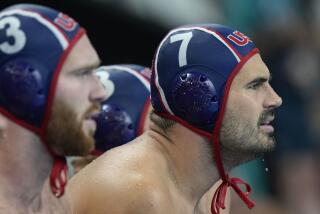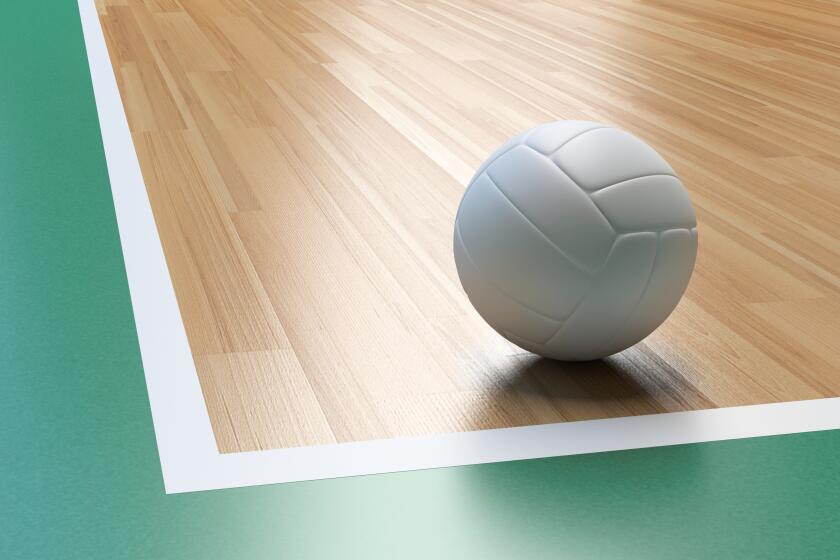The Long and Short of the Game
Polo players must have superior riding skills, excellent eye-to-hand coordination and ponies that are fast, aggressive and able to stop and turn on a dime.
“Some horses would rather do a turn like a 747,” says Lloyd Segal, president of the Will Rogers Polo Club.
Polo is said to have been played in Persia as early as the 1st Century. It later caught on in Tibet, China and India, where it was picked up by British cavalry officers. The sport became popular in England and was introduced in the United States in the 1870s.
These days, pro and amateur players are ranked based on handicaps that ascend according to proficiency, from minus-2 to 10. Few players in the United States are rated above 6, and only 10 in the world have attained a ranking of 10, according to the U.S. Polo Assn. Many of the top players are from Argentina, where the sport is popular and some of the best polo ponies are bred.
Professionals with handicap ratings of 10, known as “10-goal players,” can make half-a-million dollars practicing for and playing in the U.S. Polo Assn.’s Open Championship, the finals of which are being held Sunday in Long Island, N.Y.
The Southern California polo circuit, however, rarely attracts 10-goal players. Its stops include the field at Will Rogers, the Los Angeles Equestrian Center arena in Burbank, the Fairhills Riding Club arena in Topanga, as well as clubs in Santa Barbara and Indio.
A regulation-sized polo field is 300 yards by 160 yards. There are four players on a team and each has a specific position, either offense or defense. The object of the game is to score as many goals as possible.
At the outset of matches, the handicap ratings of each team’s players are added up. The difference is awarded to the lower-rated side in the form of goals on the scoreboard.
*
A match is divided into six 7 1/2-minute periods, called chukkers. Since the horses would be hard-pressed to play back-to-back chukkers, players have several of them on hand--sometimes as many as six.
The play can be rough, with competitors hooking mallets and bumping each other with their ponies. The rules revolve around the concept of a right-of-way established by the path of the ball. Penalties result in a free shot by the opposing team; the more severe the penalty, the shorter the distance of the penalty shot.
More to Read
Go beyond the scoreboard
Get the latest on L.A.'s teams in the daily Sports Report newsletter.
You may occasionally receive promotional content from the Los Angeles Times.










